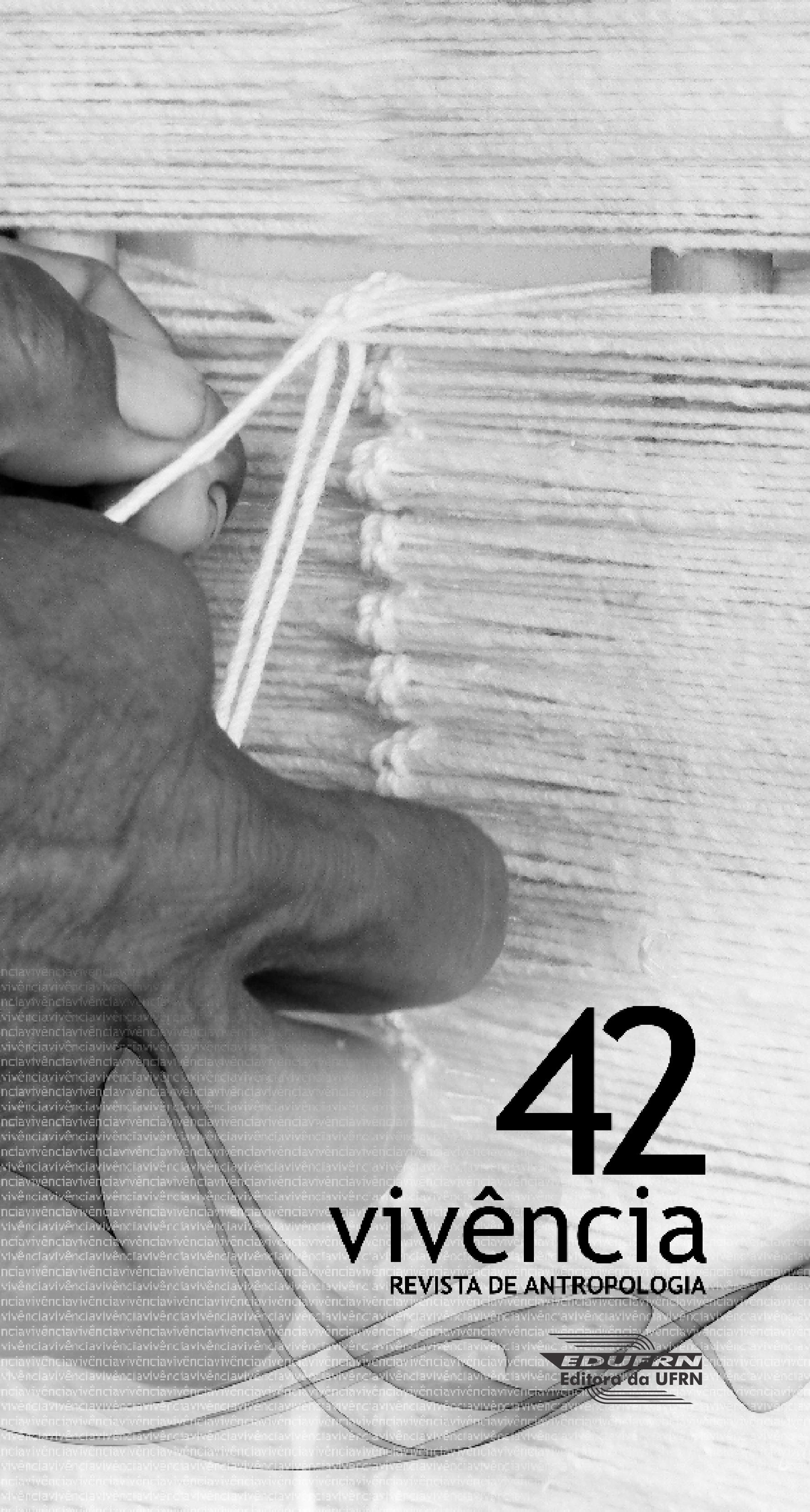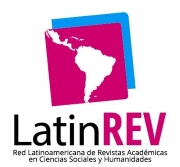“El vino mas alto y bajo el mas bello cielo”. Procesos de patrimonialización, turismo y estrategias empresariales. El caso de Cafayate (Valle Calchaquí), norte de Argentina* / “The highest wine and under the most beautiful sky”. Patrimonial processes...
DOI:
https://doi.org/10.21680/2238-6009.2013v1n42ID5449Resumo
Este trabajo busca contribuir a la reflexión sobre los procesos de patrimonialización en América Latina a través del estudio de un caso, circunscripto a Cafayate (Región de los Valles Calchaquíes, provincia de Salta, Norte de Argentina). Allí, en la última década se implementaron proyectos de “valorización” y “potenciación” del vino, destacándolo como el principal “patrimonio” y atractivo local. Distintos agentes; dependencias del gobierno provincial, el Banco Interamericano de Desarrollo (BID) y cámaras empresariales vitivinícolas intervinieron en ese proceso, materializado en La “Ruta del vino” y el “Museo del vino y de la vid”, donde el vino y el turismo se implican mutuamente. Considerando que “el patrimonio” se construye socialmente, intentaremos dar cuenta del trabajo invertido en su estímulo y activación, rastreando los sentidos que se producen y circulan sobre éste, en situaciones y espacios particulares, a partir de su utilización desde las estrategias del sector empresarial vitivinícola. La indagación sobre el proceso de patrimonialización del vino atiende a las dimensiones –política, económica y cultural- que lo conforman, mapeando la articulación e interrelación de estrategias y factores que lo posibilitan. En ese entretejido, no exento de tensiones y conflictos, distintos actores, agentes y grupos operan, motivados por intereses y expectativas encontradas. Asimismo, las transformaciones inscriptas en la patrimonialización reciente del vino son puestas en perspectiva histórica y en relación con la construcción de Cafayate como un destino turístico, lo cual se remonta a los años 70s, y la reconversión productiva de la vitivinicultura desde los años 90s y en adelante. Una parte del trabajo se afirma en la revisión de documentos institucionales, folletería de propaganda turística, periódicos locales y consulta de las páginas de internet, y la otra hace uso de los registros de observación y de la información obtenida mediante entrevistas a funcionarios municipales, agentes privados del sector turismo y pobladores de Cafayate.
Palabras Claves: Patrimonialización del vino. Turismo. Estrategias empresariales.
ABSTRACT
This project seeks to contribute a critical reflection about the patrimonial processes in Latin America through an specific case: It refers to Cafayate, which is a city on Calchaquies Valley, in the Provincie of Salta ( Nothern of Argentine ) where in the past decade were designed and implemented projects of "Valuation" and "Potentiality" of wine, positioning it as the main heritage and local attraction. Various actors are involved in it such as provincial government agencies, Inter-American Development Bank (IDB) and wine business chambers. For this reason, the "Wine Route" and the "Museum of Wine and grapevine” are heading in that direction, tending to link wine and tourism. In addition, considering that "heritage" is constructed socially, we are busy with giving account about the social work involved in its stimulus, activation and energizing. It discusses the ways that circulate the heritage in a specific field, considering its use and ownership within the wine sector business strategies. Furthermore, The inquiry by the wine patrimonialization process stops on the various dimensions-political, economic and cultural-that are involved in this, and research the relationships that make it possible. In this context, other actors, agents and groups without tensions or conflicts and in differents conditions come into play different interests obtaining differents benefits. Also, the changes registered in recent patrimonialization wine are placed in historical perspective and at the construction of Cafayate as a tourist destination, which occurred in the 70s, and the reconversion of the 90s onwards. On the whole, a part of the work is stated in the review of institutional documents, tourist publicity brochures, local newspapers and consultation of websites, and the other part uses observation records and information obtained through interviews with municipal officials and agents private tourism sector.
Keywords: Patrimonialization wine - tourism-business strategies


 Português (Brasil)
Português (Brasil) English
English Español (España)
Español (España) Français (Canada)
Français (Canada)






